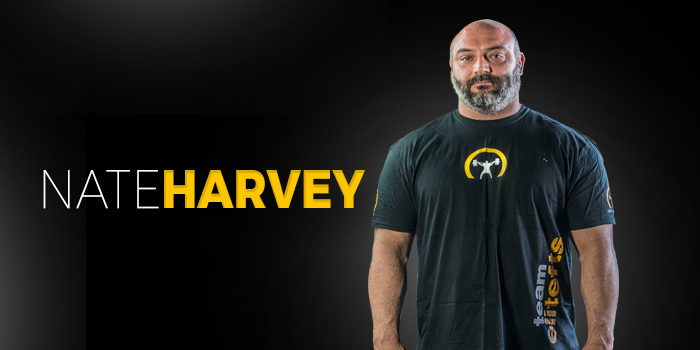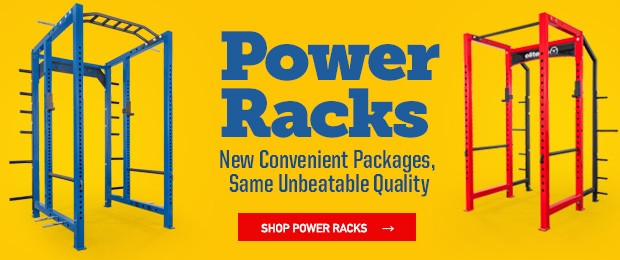
"I've always loved strength. Dave talks about The Void. There's kind of that thing, playing high school or collegiate football, that feeling. I don't know, it's hard to explain. Going after it, nothing else matters."
Several weeks ago we introduced the newest member of Team elitefts, Coach Nate Harvey. Nate's perspective, and what he brings to the team, is based on his unique role as a collegiate coach and a successful powerlifter himself. His position as Head Strength Coach at University at Buffalo allows him to bridge the gap between elite lifters and intermediate athletes. These student-athletes are not elite lifters, but they are elite at their sport. Nate's role requires understanding what these differences mean and determining how to account for them in training.
In this video, Nate shares information about his background and answers a number of questions about conjugate style training, how his own training influences his ability to coach his athletes, and what piece of equipment he believes is most important for athletes.
Nate started his graduate degree at University at Buffalo in 2007 and began volunteering there, with Julia Ladewski, in the final year of his degree. He then secured a part time job there and finally, three years ago, became Head Strength Coach of Olympic Sports.
On the topic of the conjugate method, Nate says that conjugate style training is a lot simpler than people think that it is. It doesn't have to always be a complicated setup — it is highly adaptable and allows athletes who aren't elite lifters to improve and excel at their sport without beating down their bodies.
In discussing important pieces of equipment for an athlete, Nate says that the easy answer is the power rack. The only problem with this, he adds, is that if you're an athlete and you spend the majority of your time in the rack doing movements such as squats, lunges, and RDLs, you're going to beat yourself up. Nate avoids this problem by setting up his athletes' training to consist of only two main lifts and then the remainder of the workout as smaller, traction-based accessory work. This enables the athletes to bring up their weak points without tearing up their bodies in the process.
The Questions
- (0:36) When did you start training and coaching?
- (1:17) How did you get into the conjugate method?
- (1:48) Does the fact that you use the conjugate method in your own training help with training your athletes?
- (2:10) What is the most important piece of equipment for training athletes?










